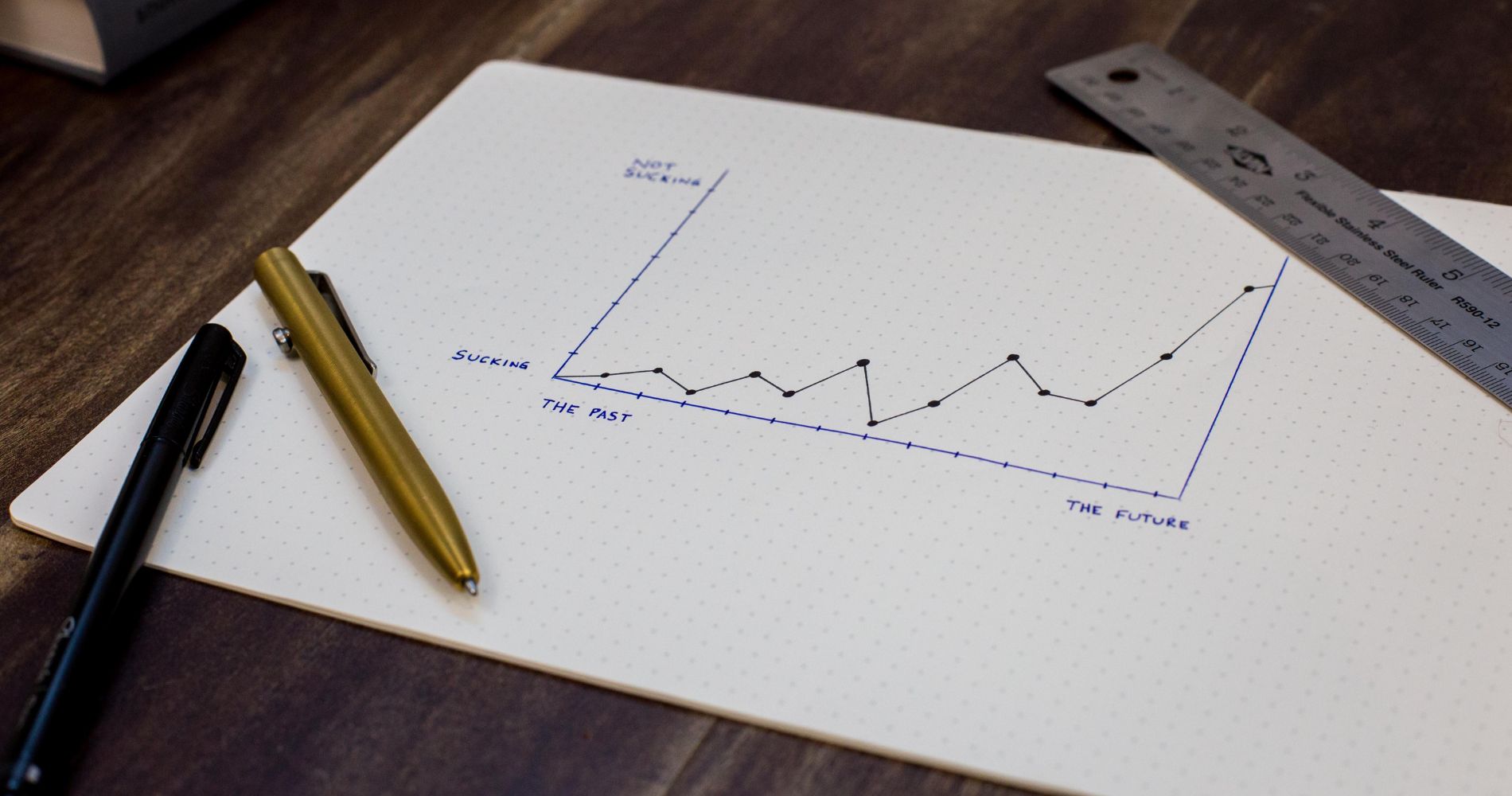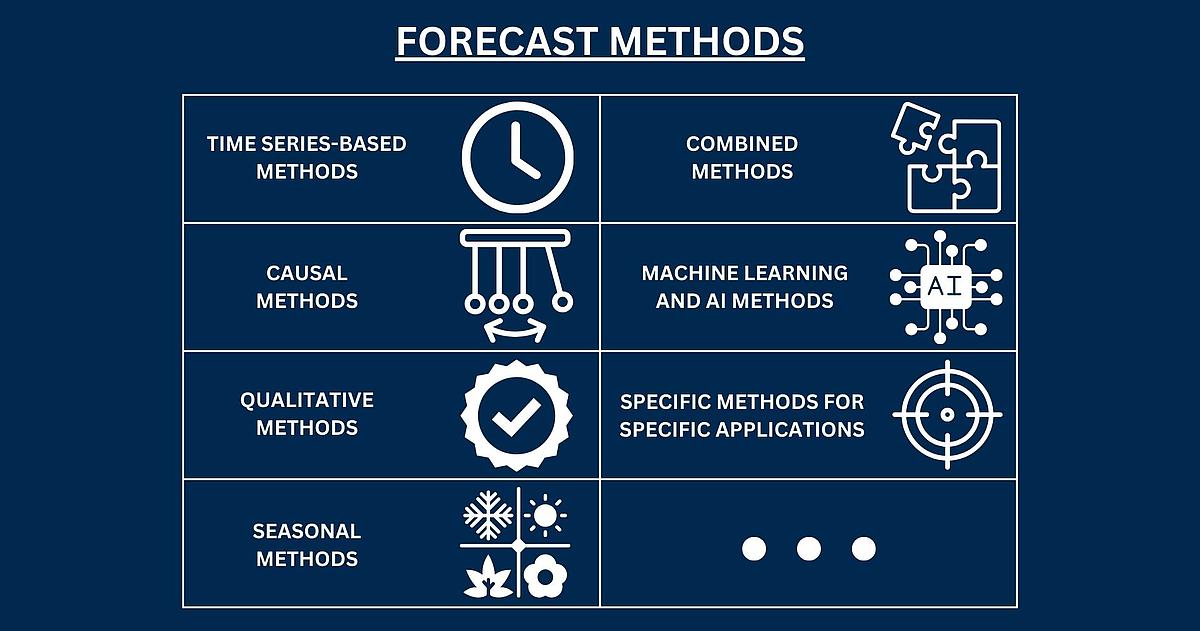Forecast Definition: What is Forecast Planning?
A forecast, or prognosis, is a systematic estimate of future events or conditions based on the analysis of historical data, current trends and other relevant information. In a business context, a forecast often refers to the prediction of variables such as sales, demand, costs, market trends and financial results.
Forecast planning involves the collection and evaluation of past data, the application of statistical and mathematical models and the consideration of expert opinions and external factors. The aim of a forecast is to reduce uncertainty and support decision-making processes by providing the most accurate assessment of future developments.
Effective forecast planning enables companies to prepare for future challenges, identify opportunities and take timely action to secure competitive advantages and ensure long-term success.





















